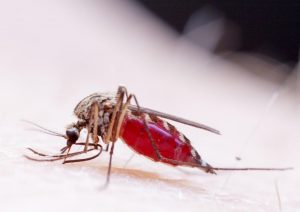Zika Virus : Update

The Union Minister of State for Health and Family Welfare recently said the government of India has formulated an action plan for managing Zika virus Disease.
- Zika virus is a mosquito-borne virus, similar to dengue fever, yellow fever, and West Nile virus.
- It is a single-strand ribonucleic acid (RNA) virus.
- It was named after the Zika Forest in Uganda, where it had been discovered for the first time in 1947, and the first human case of Zika was reported in 1952.
- It typically occurs in tropical and subtropical areas of Africa, the Americas, Southern Asia, and the Western Pacific.
- It is most commonly spread to people by the bite of an infected Aedes species mosquito.
- It can also spread through sexual contact, blood transfusion, and from an infected mother to her baby during pregnancy or childbirth.
- Many people infected with Zika will not have symptoms or will only have mild symptoms.
- The most common symptoms are fever, rash, headache, joint and muscle pain, and red eyes.
- Infection during pregnancy can cause certain birth defects, such as microcephaly, as well as other neurological disorders in the baby.
- It has also been linked to Guillain-Barré syndrome, a rare autoimmune disorder that can lead to muscle weakness and paralysis
- There is currently no vaccine to prevent or medicine to treat Zika




